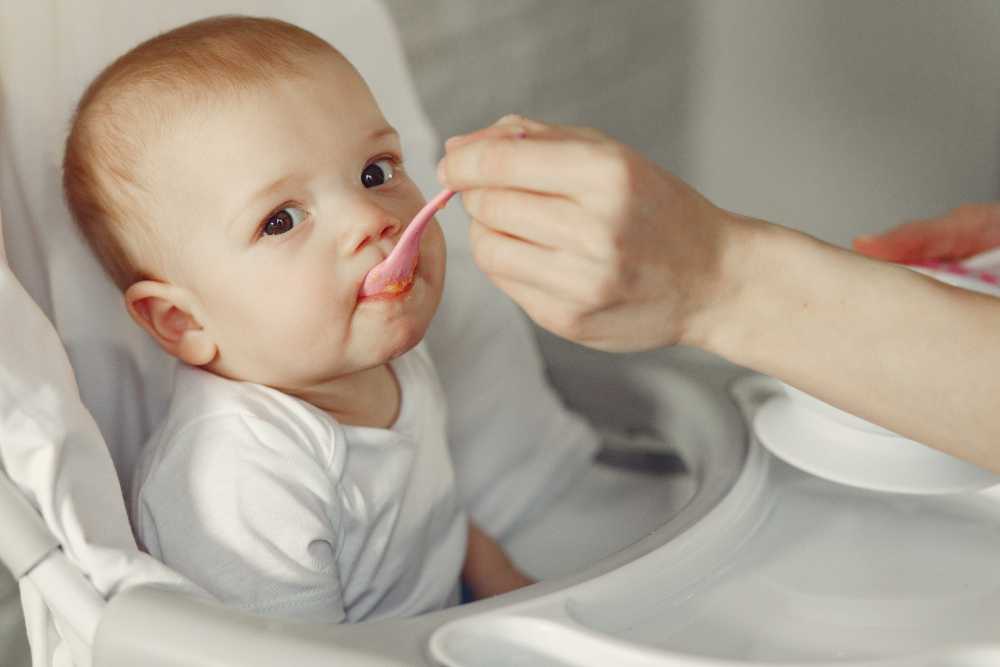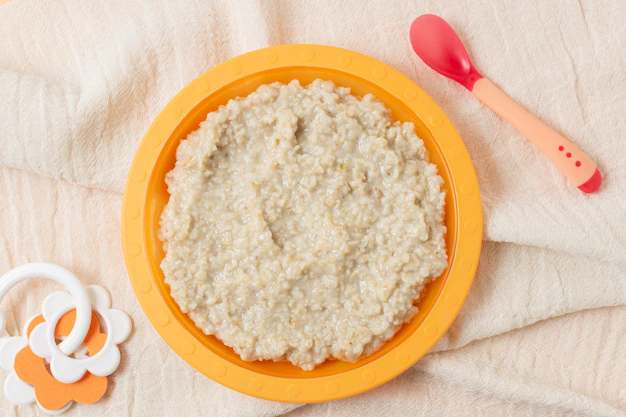One of the most common worries among the concerns of a mother is if the baby is getting the right nutrition and is being fed correctly.
Having a newborn comes with its set of curiosities and questions according to a mother’s concerns, no matter how prepared a mother will be. One of the most common worries among the concerns of a mother is if the baby is getting the right nutrition and is being fed correctly, while a mother worries about the baby’s development.
As every baby is unique, the requirements will be different. But there are a few general guidelines that need to be followed when you have a newborn in the home.
What is the quantity of food that babies should consume?
Birth to 2 months: After babies are born, they should eat 8-12 times a day until they are one month old. That sums up to consuming food after every two to three hours. Babies who are breastfeeding can eat every one-and-a-half, which comes to about 15 times a day. If the baby sleeps and does not wake up on time to eat their food, the mother should keep a track of the timings and wake the baby up to feed food on time.
While breastfeeding, the baby should feed for about 10 to 20 minutes. While the baby is breastfeeding, make sure that the baby is sucking and swallowing the entire time which should add up to about 1.5 to 3 ounces of feed every time until 1 month and about 4 ounces at each feeding after a month.
As babies who are being breastfed get accustomed with time, they will start getting more milk gradually with every feed. With the growing baby, his appetite will also grow, whether it is from the bottle, or through nursing.
At 4 months: When a baby is four-months-old, the baby should need up to six ounces of milk with every feed. After around 20 weeks, your pediatrician will encourage you to start introducing the baby either to thicker and solid foods or advise you to wait if you want to continue to breastfeed the baby exclusively. Some prerequisites for starting semi-solids or complementary feeding are sitting with support, increasing demand for milk, etc.
Complementary feeding is an important step in the baby’s growth and nutrition. It’s always advisable to visit your doctor and have a discussion on the topic whenever you plan to introduce your baby to complementary feeding.
By 6 months: By this time, babies should drink as much as eight ounces of breastmilk. The gap between the feeds can now go longer than what it was before with extended time intervals.
By this time, the exact amount of food intake by your little one will vary from a day-to-day basis. For instance, sometimes your baby may want to eat more than what they normally have. This happens due to the growth spurt. At such times, you should trust your baby and let them eat the quantity they desire, but just be careful and watch the signs of them being full.
You can watch for a few signs that they are full which have been mentioned below:
*The baby pulls away from the breast or the bottle.
*The baby falls asleep during the feeding.
*The baby shakes its head and keeps its mouth closed.
These signs are important for a mother to observe and as they help in telling you that you’re not overfeeding your little one. Doing regular checkups with your pediatrician helps as this will keep the baby’s growth on track and the doctor will also track the baby’s height and weight to keep a check on the right growth.
![]()











